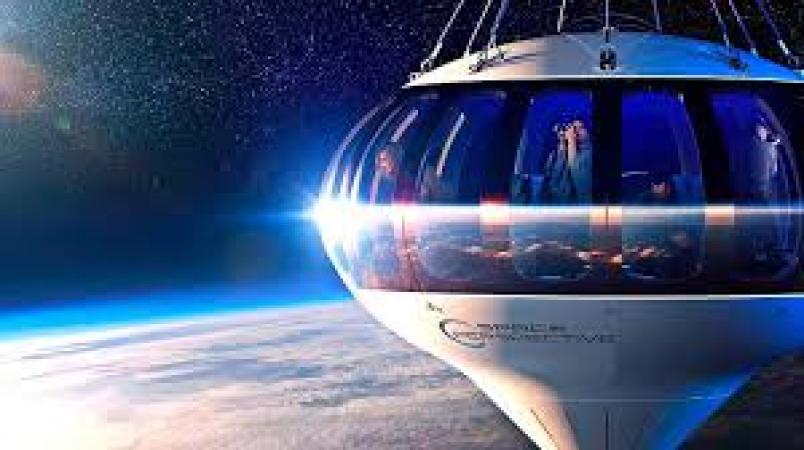Introduction
Once a concept confined to science fiction, space tourism is rapidly becoming a reality. Private companies like SpaceX, Blue Origin, and Virgin Galactic are pushing the boundaries of commercial space travel, offering civilians the chance to venture beyond Earth. As the cost of launch technologies declines and demand increases, we’re on the brink of a new era—where space vacations could be as common as cruise ships.
How It Works
Space tourism typically involves suborbital or orbital flights. Suborbital flights reach the edge of space, allowing passengers to experience weightlessness for a few minutes before returning to Earth. Orbital flights, on the other hand, involve circling Earth and often include overnight stays on space stations or spacecraft.
Companies are developing reusable rockets, space capsules, and advanced safety systems to make this experience as secure and comfortable as possible.
The Price of a Ticket
Currently, space travel is still reserved for the ultra-wealthy. A single seat can cost anywhere from $250,000 to $55 million, depending on the mission length and type. However, experts predict that costs will drop over the next decade as the technology matures and competition increases.
As prices decline, a broader segment of the population may gain access to this extraordinary experience, much like how early air travel evolved into mainstream aviation.
Training and Preparation
Going to space isn’t like booking a flight to Paris. Tourists undergo several days of training to learn safety procedures, how to handle zero gravity, and what to expect during launch and reentry. Some missions also require basic physical fitness to withstand the G-forces involved.
Economic and Scientific Impact
Space tourism could bring significant economic benefits, creating jobs in aerospace engineering, hospitality, and even orbit-based construction. The growth of this sector may also help fund scientific missions and infrastructure like lunar bases or Mars exploration.
Additionally, sending civilians into space could increase public interest in science, astronomy, and environmental awareness—especially when people see Earth from above, experiencing what’s known as the "overview effect."
Challenges and Criticism
Not everyone is enthusiastic. Critics point out that space tourism’s environmental footprint—especially rocket emissions—could harm the planet. Others argue that space should be used for science, not leisure.
Safety is another major concern. While reusable rockets have proven relatively reliable, any mechanical failure could be catastrophic. Ensuring rigorous safety protocols will be vital as the industry grows.
Conclusion
Space tourism is no longer just a dream—it’s the next frontier. With continued innovation, falling costs, and growing public excitement, more people will get the chance to see Earth from above. The key challenge will be balancing safety, sustainability, and accessibility while keeping the spirit of exploration alive.

